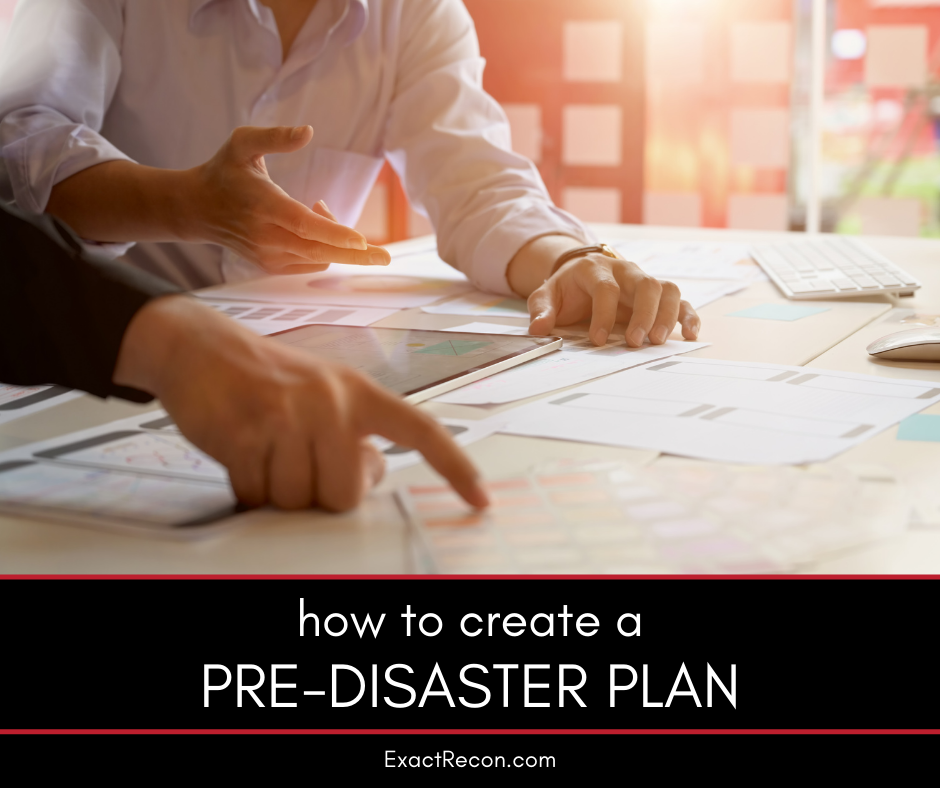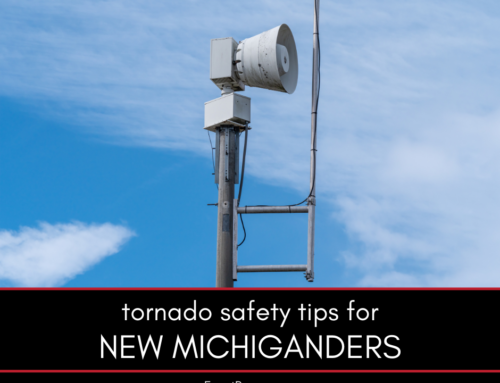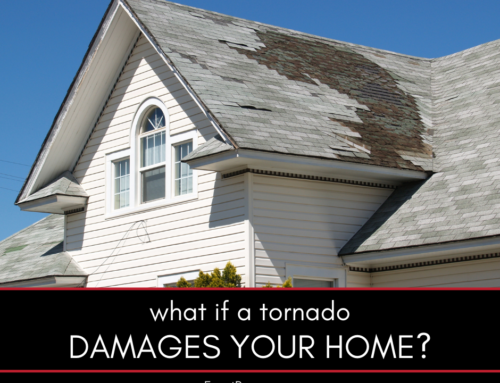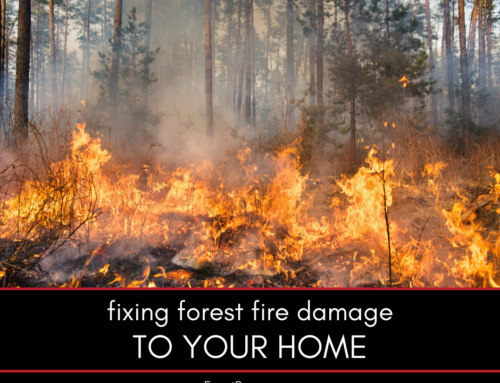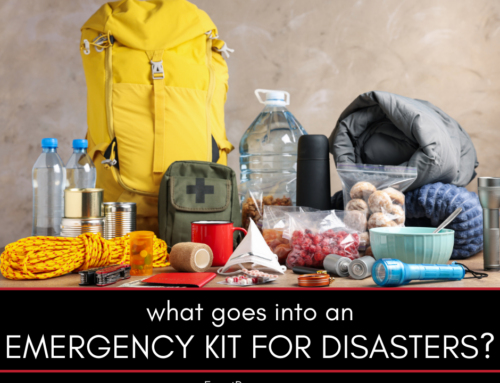Emergencies like natural disasters, fires, and floods can strike without warning. Having a pre-disaster plan in place can save time, reduce stress, and protect your home and loved ones. By preparing in advance, you’ll be better equipped to handle unexpected events. This guide outlines the steps to create a comprehensive pre-disaster plan.
How to Create a Pre-Disaster Plan
A pre-disaster plan involves assessing risks, gathering essential supplies, and creating a strategy for emergencies. This guide explains:
- Assessing potential risks to your home and area
- Creating an emergency communication plan
- Assembling an emergency supply kit
- Documenting important information and assets
- Practicing and updating your plan regularly
Here’s a closer look at each.
Assessing Potential Risks to Your Home and Area
Understanding the risks specific to your area is the first step in creating a pre-disaster plan. Research common disasters in your region, such as hurricanes, tornadoes, floods, or earthquakes. For example, if you live in a flood-prone area, consider measures like installing sump pumps or elevating critical appliances.
Evaluate vulnerabilities in your home, such as old roofing, poor drainage, or unsecured heavy furniture. Addressing these issues can reduce damage and improve safety during an emergency.
Creating an Emergency Communication Plan
An emergency communication plan ensures that everyone in your household knows what to do and how to stay connected during a disaster. Start by designating a meeting spot outside your home and another location in case you need to evacuate the area.
Compile a list of important phone numbers, including emergency services, family members, and neighbors. Share this list with everyone in your household. Additionally, identify an out-of-town contact who can act as a central point of communication if local lines are down.
Assembling an Emergency Supply Kit
Having an emergency supply kit ready can make a significant difference during a disaster. Include the following items:
- Non-perishable food and bottled water for at least three days
- First aid kit with essential medications
- Flashlights, batteries, and a portable phone charger
- Important documents in a waterproof container
- Blankets, clothing, and hygiene items
- Tools like a wrench, pliers, and duct tape
Store the kit in an easily accessible location, and check it periodically to replace expired items.
Documenting Important Information and Assets
Keep a record of your home’s important documents and assets to simplify recovery after a disaster. This includes:
- Insurance policies for your home, health, and vehicles
- Property deeds, mortgage documents, and rental agreements
- An inventory of valuable items, including photos or videos
Store copies of these documents in a safe, waterproof location and back them up digitally for added security.
Practicing and Updating Your Plan Regularly
A plan is only effective if everyone knows how to follow it. Schedule regular family meetings to review and practice your pre-disaster plan. Conduct drills for different scenarios, such as fire evacuations or tornado sheltering.
Update your plan annually or after any major life changes, such as moving or welcoming a new family member. Regular updates ensure your plan stays relevant and effective.
When to Call Exact Recon for Professional Assistance
Preparing for a disaster also means knowing who to call for help if your home suffers damage. At Exact Recon, we specialize in disaster cleanup and restoration services. From water damage and fire damage to storm damage, our team provides expert solutions to restore your home quickly and efficiently.
We also work directly with your insurance company to simplify the claims process, giving you peace of mind during challenging times.
FAQ About Creating a Pre-Disaster Plan
Check out these commonly asked questions about pre-disaster planning. If you don’t see your question here, please call our office and we’ll find you the answers you need.
What Should Be in a Pre-Disaster Plan?
A pre-disaster plan should include risk assessments, an emergency communication plan, an emergency supply kit, and documentation of important information and assets.
How Often Should I Update My Pre-Disaster Plan?
You should update your plan annually or after significant life changes, such as moving or adding new family members.
Where Should I Store Important Documents?
Store important documents in a waterproof container in a secure location. Consider backing them up digitally for added protection.
How Do I Prepare My Home for Specific Disasters?
Take measures like installing storm shutters, securing heavy furniture, or upgrading drainage systems based on the most likely risks in your area.
Does Insurance Cover Pre-Disaster Preparations?
While insurance doesn’t cover preparations, having a pre-disaster plan can simplify claims and reduce the impact of emergencies on your property.
Creating a pre-disaster plan can protect your home and family from unexpected emergencies. Trust Exact Recon to assist with restoration and recovery when disasters strike.
Do You Need a Disaster Remediation Expert in Washtenaw County or Jackson County?
If your home has already been damaged, we can help. Check out our services and get a free disaster remediation quote today. We offer:
- Water damage restoration
- Fire damage restoration
- Mold removal and remediation
- Fire and smoke restoration
- Sewer cleanup and disinfecting
- Reconstruction
- Wind and storm damage repair

